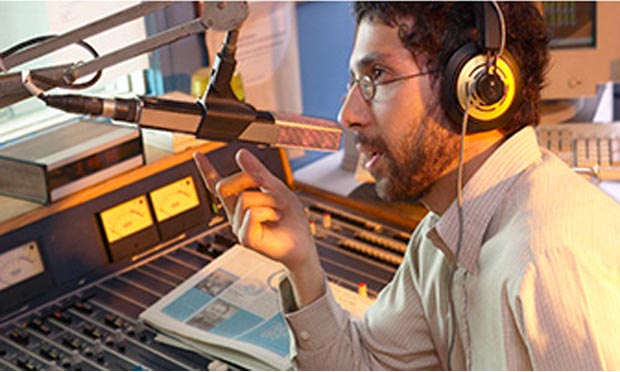Marshall McLuhan, the famous philosopher of communication theory, coined the phrase: “The medium is the message.” With this expression, McLuhan was highlighting how the medium that presents a message can influence how that message is interpreted or perceived. In modern society, we are continuously bombarded with information through our computers, TVs, radios, cell phones and a wide variety of other media. Google’s executive chairman, Eric Schmidt, was widely quoted in 2010 and 2011 as saying that we now create as much information in a matter of days as we did between the dawn of civilization and the year 2003.
Amid this onslaught of information, media organizations and individual journalists want to know how to make their messages stand out. They also want to be sure their messages are easy to understand and memorable. But what’s the best way to do that? What characteristics should a message have to ensure that happens?
Research from a communication and psychology professor in Spain provides new insights that may be helpful to journalists who work in radio. In her 2015 study, published in Media Psychology, Emma Rodero of Pompeu Fabra University explores the relationship between spoken speech patterns and the human brain. She sought to determine how quickly or slowly someone should speak and how much information should be included in an audio broadcast so that it can be understood and processed as effectively as possible. For the study, “Influence of Speech Rate and Information Density on Recognition: The Moderate Dynamic Mechanism,” Rodero gathered sample groups of communication students and had them listen to radio news items representing five categories of news: sports, culture, society, national, international. The news clips, which came from a Spanish public radio station, featured speech patterns of different speeds. They also varied in terms of density, or the amount of information included in the audio clips, which each ran about one minute in length. A total of 200 students participated.
The study’s findings include:
- When asked to rate the speed of news items, students considered 150 words per minute to be a slow pace. A speed of 170 to 190 words per minute was rated as “normal.” A speech rate of 210 words per minute was considered fast.
- The news recordings that students had the most difficulty understanding represented the opposite ends of the spectrum in terms of word speed and information density. Low density news items that contained 150 words per minute and high density items with 210 words per minute were the most difficult to understand.
- When participants were tested to gauge how much information they remembered, they were able to recall the least amount of information from clips of low density and low speed — 150 words per minute — and clips of high density and high speed — 230 words per minute. News that is delivered too slowly fails to gain a listener’s attention while news that is delivered too quickly produces “cognitive overload.” Stated the author: “At 230 [words per minute], the listener is incapable of maintaining and processing the incoming information.”
- The news items that participants remembered best were delivered at a speed of 170 to 190 words per minute, regardless of density.
This study indicates that the rate of speech in an audio recording affects how persuasive it can be. Rodero states that her findings “may have significant repercussions for newscasters and radio stations.”
Related research: A 2015 study in the Journal of Radio & Audio Media, “Opportunities for Dialogue on Public Radio Web Sites: A Longitudinal Study,” examines the Web sites of 200 public radio stations to see how they are working to build relationships with listeners and donors.
Keywords: speech rate, radio, media, communication, public radio, broadcast journalism


Expert Commentary